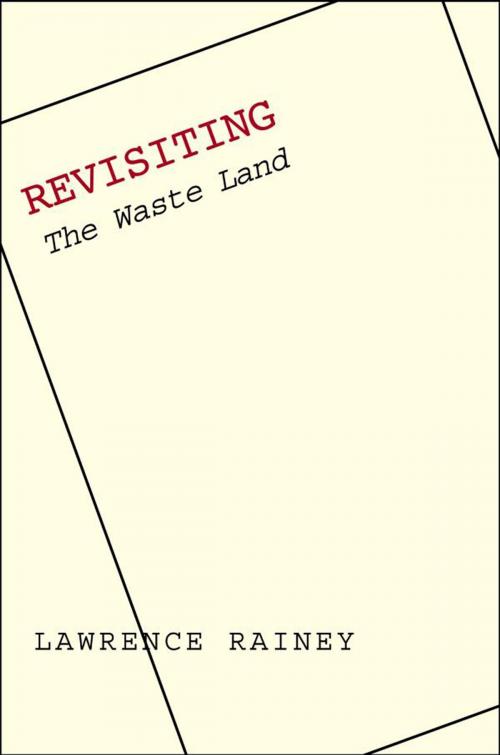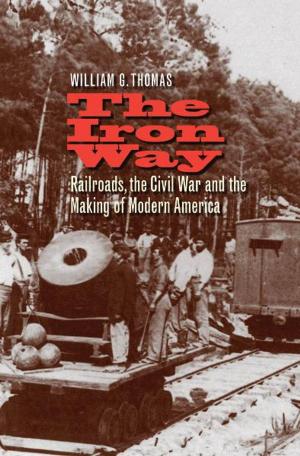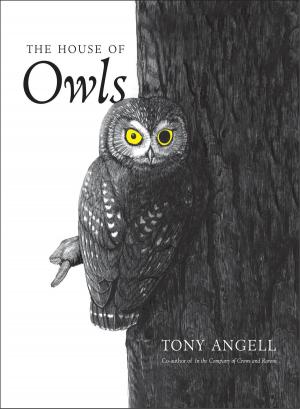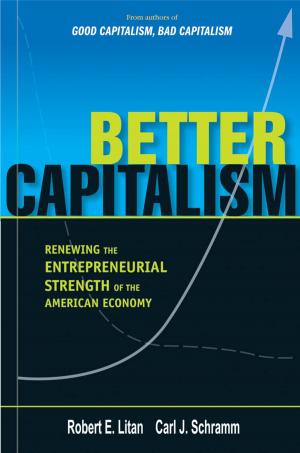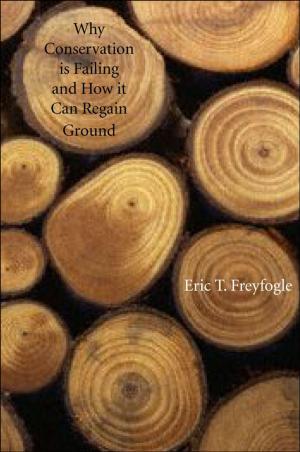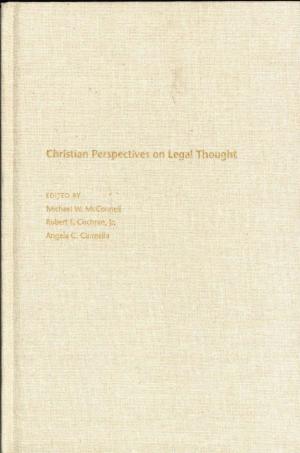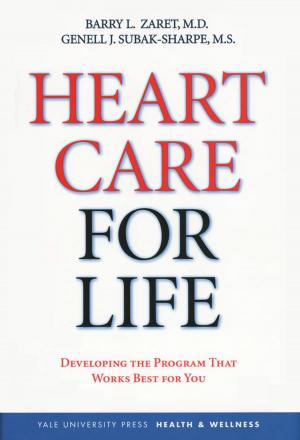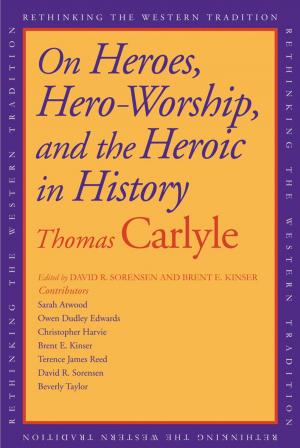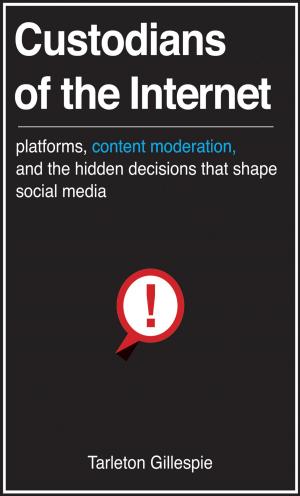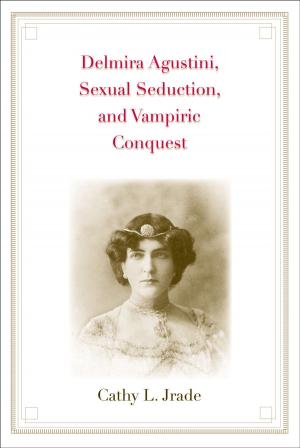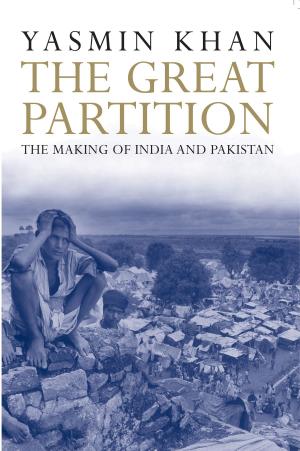Revisiting "The Waste Land"
Fiction & Literature, Literary Theory & Criticism, Poetry History & Criticism| Author: | Lawrence Rainey | ISBN: | 9780300129793 |
| Publisher: | Yale University Press | Publication: | October 1, 2008 |
| Imprint: | Yale University Press | Language: | English |
| Author: | Lawrence Rainey |
| ISBN: | 9780300129793 |
| Publisher: | Yale University Press |
| Publication: | October 1, 2008 |
| Imprint: | Yale University Press |
| Language: | English |
This groundbreaking book of literary detective work alters our understanding of T. S. Eliot’s poetic masterpiece, The Waste Land. Lawrence Rainey not only resolves longstanding mysteries surrounding the composition of the poem but also overturns traditional interpretations of the poem that have prevailed for more than eighty years. He shines new light on Eliot’s greatest achievement and on the poem’s place in the modern canon.
Far from the austere and sober monument to neoclassicism that admirers have praised, The Waste Land turns out to be something quite different: something grim and wild, unruly and intractable, violent and shocking and radically indeterminate, yet also deeply compassionate. Rainey looks at how Eliot went about writing the poem and at the sequence in which he composed the parts. Arriving at new insights into the poet’s intentions, Rainey unsettles tradition-bound views of the poem and shows us that The Waste Land is even stranger and more startling than we knew.
Far from the austere and sober monument to neoclassicism that admirers have praised, The Waste Land turns out to be something quite different: something grim and wild, unruly and intractable, violent and shocking and radically indeterminate, yet also deeply compassionate. Rainey looks at how Eliot went about writing the poem and at the sequence in which he composed the parts. Arriving at new insights into the poet’s intentions, Rainey unsettles tradition-bound views of the poem and shows us that The Waste Land is even stranger and more startling than we knew.
